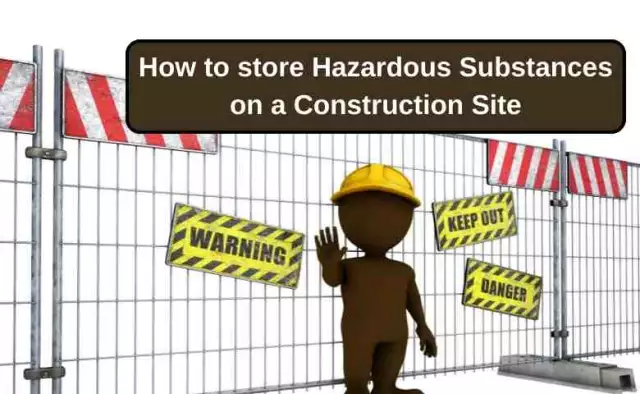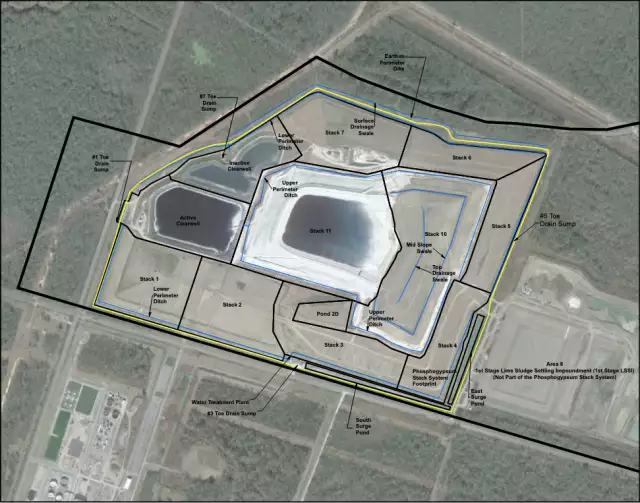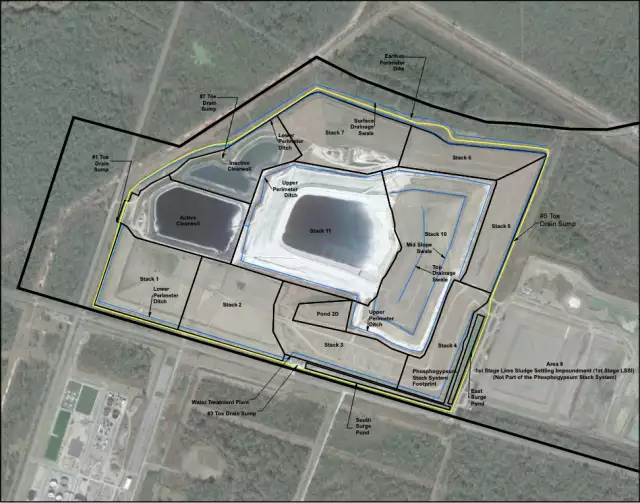Last Updated on July 11, 2022 by Admin
By Kevin Rowe, Managing Director of SafetyBuyer.com
Construction has always been one of the highest-risk industries in the UK in terms of potential safety hazards encountered on the job, which is why it is so important for construction sector employers to uphold the highest standard of health and safety planning. Ensuring that your site has safe measures in place for the storage and management of hazardous substances should be seen as a key part of this.
The construction sector relies on the use of various hazardous substances in day-to-day work, including cement, paint, caustic chemicals, glues and solvents, and various other materials that generate inhalable gases, fumes and dust. If stored or managed incorrectly, each of these could cause environmental damage or harm to human health.
As such, all construction businesses that are storing potentially dangerous substances and chemicals on site have a legal responsibility under the UK’s Control of Substances Hazardous to Health (COSHH) regulations to enforce clear guidance on how these risks should be controlled.
Essential precautions for construction sites storing hazardous substances
If your construction site requires hazardous materials to be stored, you and your staff should be considering the following factors as part of your company policies:
Ensure that the storage area is well-lit, properly ventilated and well organised, with sufficient space to safely contain all of the potentially harmful substancesAll of the surfaces of the storage area must be impervious to the substances being stored, and should be easy to cleanAll hazardous substances and chemicals need to be stored in accordance with the manufacturer’s instructions and guidelinesSubstances that are incompatible with each other, or dangerous to keep in close proximity, must be stored separately, or in different locationsPotentially flammable substances must be kept away from potential ignition sources, such as boilers and heatersEvery item needs to be clearly and accurately labelled for ease of identificationThe number of different hazardous substances being stored should be kept to a minimum, as should the quantity of each substance kept on siteHazardous materials should be kept in close proximity to spill cleanup kits, so that staff will have easy access to cleaning materials in case of an accidentStores of potentially dangerous chemicals and liquids should be kept above ground, where they are less likely to be damagedStorage areas for hazardous substances should be marked out with appropriate safety signs, notices and hazard symbols, to inform employees about the potential risks and the necessary safety protocols involved in storing chemicals These steps will vary depending on the type of hazardous substance you are using in your workplace, but by considering each factor, you will be able to make sure that every probable risk has been accounted for, and that safe practices are being followed at all times.
Related Posts:
How to Properly Inspect a Construction Site for Hazardous MaterialsConstruction Waste Management: A Complete GuideMaintain your sofa covers – Smart and useful maintenance tipsConstruction Safety Manager Job description and Salary details Additional safety principles for construction sites storing hazardous substances
In addition to providing a safe storage space and abiding by best practice standards in handling potentially dangerous materials, construction sites should take the following steps to make sure their staff are being kept safe:
Carry out a risk assessment to identify any potential workplace hazards and harmful substances that your workers are likely to encounter during their daily responsibilities, including products that they are using and byproducts that are generated through their workIdentify potential methods of removing these substances from your workflow, or find a safer form of the product that can be used insteadIf the hazardous substance cannot be replaced, devise and implement a clear process for handling and disposing of the substance that minimises any potential risk of harmful exposureProvide in-depth training for all employees to explain safe practices for storing hazardous substances, including clear information on all of the potential risks and manufacturer’s instructions, and guidance on when protective clothing may be neededCreate a clear emergency procedure to ensure that any leaks or spills are cleaned up as quickly as possible, providing all of the necessary equipment to prevent harmEnsure that you have suitable storage cabinets and facilities in place to safely contain any dangerous chemicals that need to be kept on site, and check them regularly for signs of leakage, container damage or product expirationProvide personal protective equipment (PPE) for any staff member that is required to handle hazardous materials on a regular basisUtilise safety signs and site safety boards to warn employees and site visitors of the potential risks posed by hazardous substances, and to inform them of the proper procedure when working with these substancesKeep COSHH management and spill control products on site to ensure that any accidental spills can be safely cleaned up and contained By putting these policies in place, construction companies can ensure that all staff can benefit from a safe system of working, allowing the construction site to manage the risks associated with hazardous substances and materials without any impact on your efficiency.






